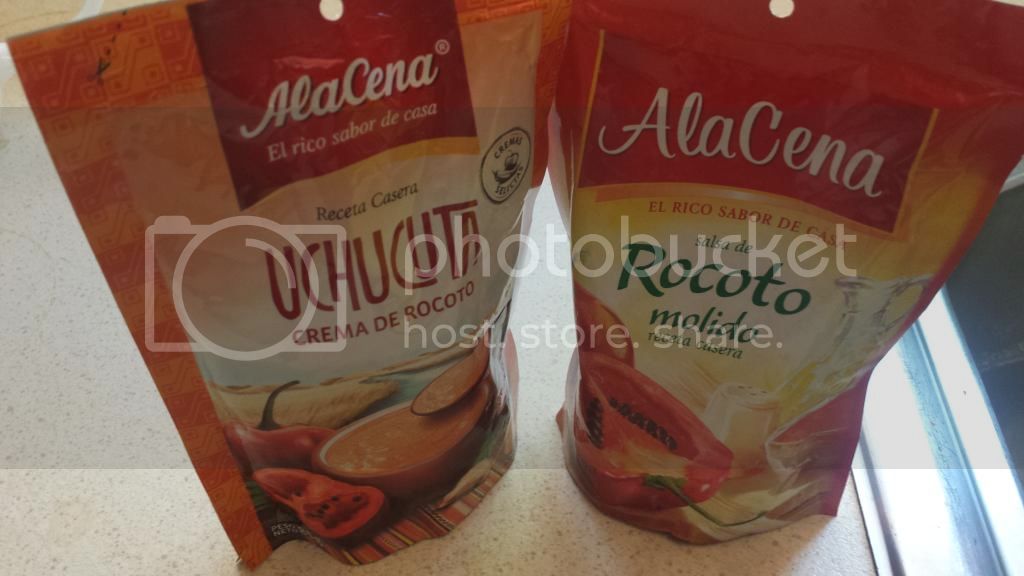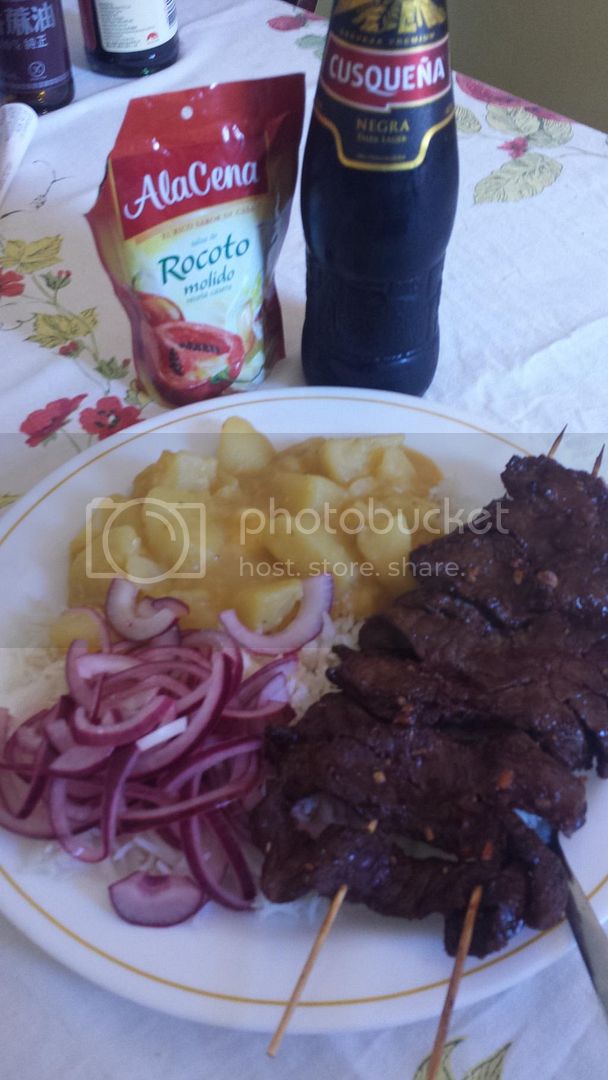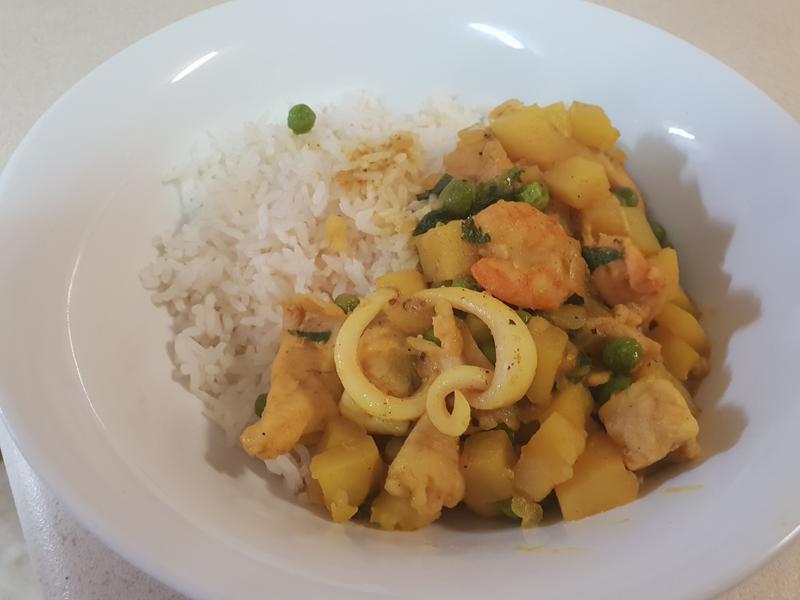For a long time now South American food, esp Peruvian, has held a special place in my heart. Recently i was generously given a gift of a couple of Rocoto sauces from friends overseas. So I thought id start this thread in hopes to learn more about the cuisine and also try my hand a little more often to cook some of their dishes.
tonights dinner is a couple of my Peruvian favorites:
*Anticuchos - Traditionally beef heart is used.... i used blade steak marinated in 1/2C vinegar, 2T Aji Panca paste, garlic, scotch bonnett, oregano, cumin
*Ajiaco de Papas- 1/2 onion diced and sauteed in butter/oil, add 200g of diced halloumi (or queso fresco), add 3T Aji Amarillo paste, 1/2C stock, 1/2C evaporated milk. Stir and mash in 1kg of cooked potatoes.
*Others - Rice, Salsa Criolla (onion) and one of my favorite beers, Cusquena Negra.


tonights dinner is a couple of my Peruvian favorites:
*Anticuchos - Traditionally beef heart is used.... i used blade steak marinated in 1/2C vinegar, 2T Aji Panca paste, garlic, scotch bonnett, oregano, cumin
*Ajiaco de Papas- 1/2 onion diced and sauteed in butter/oil, add 200g of diced halloumi (or queso fresco), add 3T Aji Amarillo paste, 1/2C stock, 1/2C evaporated milk. Stir and mash in 1kg of cooked potatoes.
*Others - Rice, Salsa Criolla (onion) and one of my favorite beers, Cusquena Negra.












